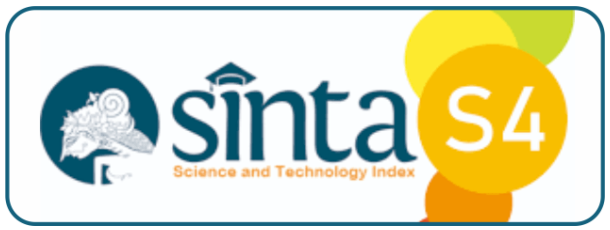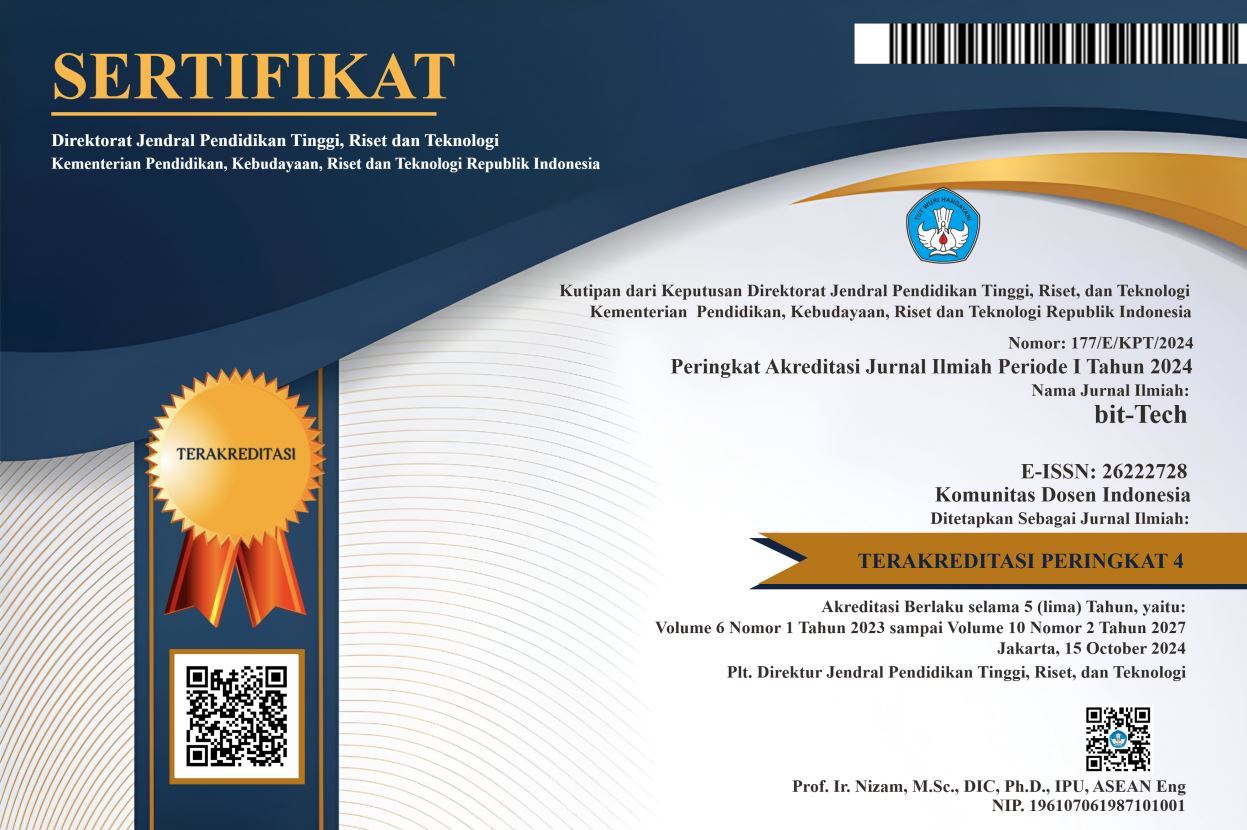Smart Aquarium with IoT based as Monitoring in Fish Farming
DOI:
https://doi.org/10.32877/bt.v4i3.441
Keywords:
Smart Aquarium, Internet of Things, Sensor, Monitoring, Blackbox
Abstract
The development of science and technology has developed rapidly at this time and will have a positive impact to facilitate human activities, including aquarium ornamental fish hobbyists. The problems encountered are, ornamental fish sellers who have difficulty monitoring all aquarium conditions and feeding and for people who are very busy and even indifferent to monitoring and feeding their ornamental fish. This tool has a water heater as well as a water temperature and pH sensor that can directly monitor the conditions in the aquarium. Arduino Uno is the mainboard that is used to control all sensors with Internet of Things (IoT) including : water temperature sensors, water turbidity sensors, water level sensors, water pH sensors, automatic lights, water heaters that will automatically turn on when the temperature is low and will automatically turn off when they reach the specified temperature and ESP8266-01 which functions to communicate between the Board and the smartphone, as well as the components of the tool and its uses are in accordance with requests from users obtained through Requirement Elicitation. Through the BlackBox trial, it includes low temperature testing of the water which makes the water heater automatically turn on and the water heater turns off when it reaches the specified temperature, monitoring water pH, water temperature, water level, water turbidity, on & off lights and feeding fish manually via a smartphone. And for the results of the Smart Aquarium trial, it can be operated with an Android smartphone, at least Android OS 4.3 and above.
Downloads
Downloads
Published
How to Cite
Issue
Section
License
Copyright (c) 2022 bit-Tech

This work is licensed under a Creative Commons Attribution-ShareAlike 4.0 International License.
I hereby assign and transfer to bit-Tech all exclusive copyright ownership rights to the above work. This includes, but is not limited to, the right to publish, republish, downgrade, distribute, transmit, sell, or use the work and other related materials worldwide, in whole, or in part, in all languages, in electronic, printed, or any other form of media, now known or hereafter developed and reserves the right to permit or license a third party to do any of the above. I understand that this exclusive right will belong to bit-Tech from the date the article is accepted for publication. I also understand that bit-Tech, as the copyright owner, has sole authority to license and permit reproduction of the article. I understand that, except for copyright, any other proprietary rights associated with the work (e.g. patents or other rights to any process or procedure) must be retained by the author. In addition, I understand that bit-Tech permits authors to use their papers in any way permitted by the applied Creative Commons license.


 DOI :
DOI :
 Abstract views: 792
/
Abstract views: 792
/  PDF downloads: 668
PDF downloads: 668











